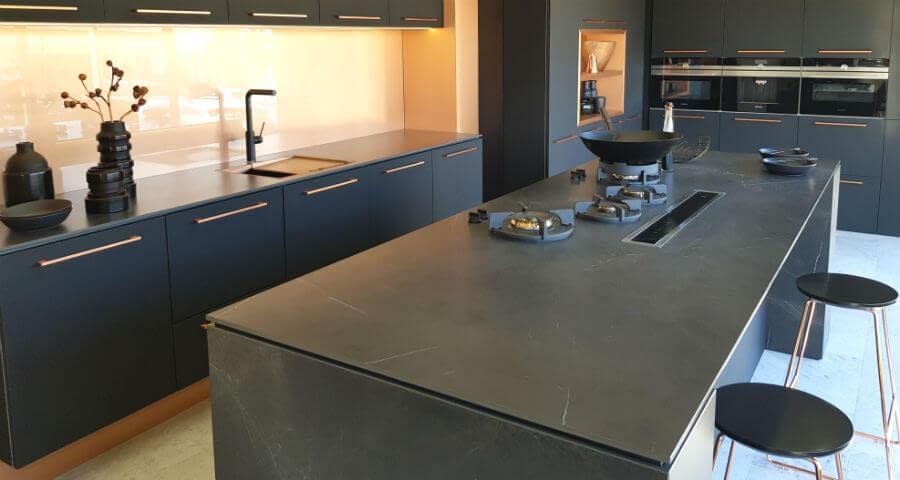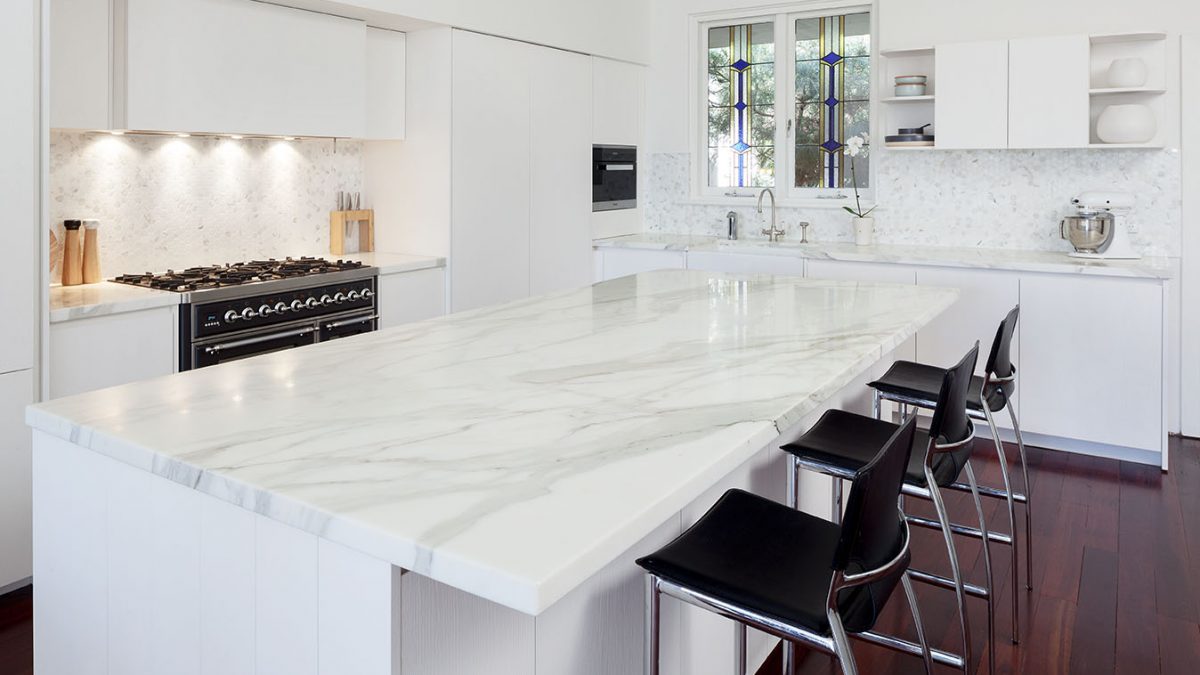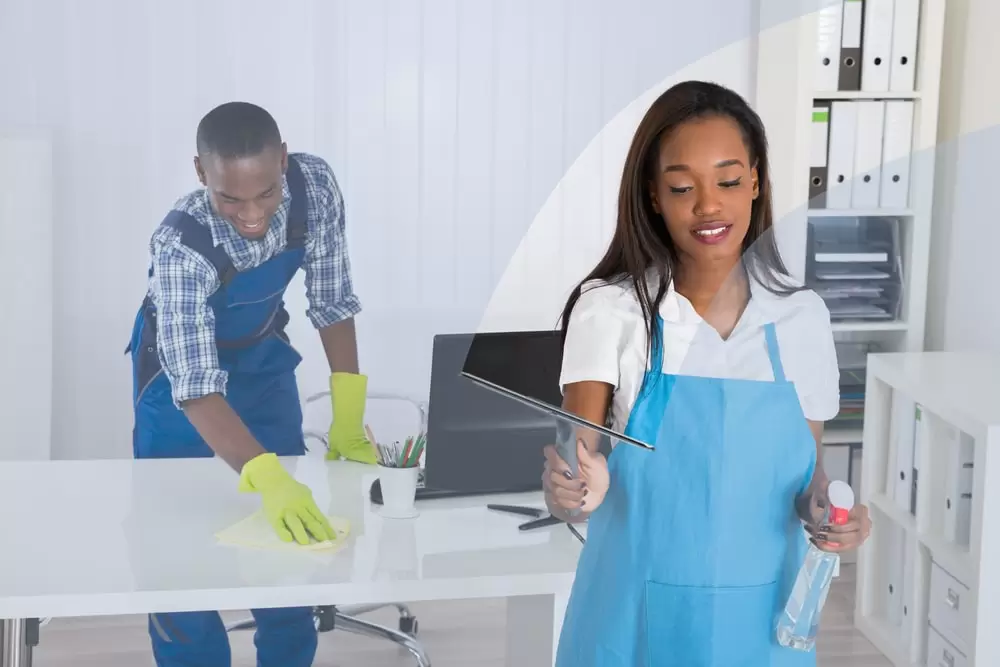Porcelain benchtops have just appeared on the coast of Australia, but what is a porcelain table and why should you choose it for your kitchen? The goal of this tutorial is to provide you with this new material.
What Are Porcelain Tables And Chairs?
Porcelain countertops (also known as centered or ultra-compact compression surfaces) are made from low-porosity, high-density ceramic plates. Porcelain is a new ingredient used as a surface in the kitchen and it could be the end product of our love affair with quartz bedrock. porcelain benchtops also have many features that make quartz bedrock (such as Caesarstone or Smartstone) popular, some outstanding features not found in quartz bedrock.
How are Porcelain Plates Made?
Porcelain benchtops powder clay and pigment are created together at extremely high temperatures and pressure. Surfaces can be created with textures ranging from smooth to coarse, due to the fine particles used. Designs can be printed onto the surface to mimic a variety of materials from wood, concrete, marble, and limestone.
When is a Good Situation to Use Porcelain?
Food preparation areas: High density and low porosity make porcelain utensils ideal for use in food preparation areas. The material is resistant to food and liquids absorbing into surfaces, where stains and bacteria can grow on other low-density components (think red wine rings on marble). jelly). Porcelain’s hardness also makes it beautiful around cut surfaces as it is exceptionally resistant to scratches and abrasion.
Ideal around gas stoves and ovens: Porcelain utensils are heat and fire-resistant, creating a beautiful countertop and coverage area around gas stoves and ovens. Some other countertop materials, such as laminates, can cause the surface to degrade and fade.
No fading in sunlight: High UV resistance means that porcelain countertops won’t fade in direct sunlight. Great new material for outdoor grills. Some other hard surfaces are also UV resistant, always contact your supplier or kitchen designer.

Great for long islands: Porcelain slabs are now made 3 m larger than standard quartz slabs, avoiding seams or connections on islands up to 3.2 m and 1.6 m wide.
Cladding: Matching porcelain tiles and tiles are available. They are very light and thin (up to 3mm thick at the bottom) and well suited for feature walls, applied to kitchen doors, drawer fronts, and partitions.
When you want the look, make no mistake: Manufacturers have succeeded in recreating other natural materials. To us at Dan Kitchens, Neolith’s stainless steel range looks just like the real thing without the risk of tetanus. On the other hand, their statues are still good, but without the clarity and variation of patterns like real marble. Whatever your opinion, porcelain is much more durable than both of these materials.
What Are The Disadvantages Of Using Porcelain Utensils In The Kitchen?
Heavy Materials: It is very hard, but that hardness makes it very heavy (as heavy as granite). First, your kitchen company needs to make sure that the cabinets can support the weight and that the countertop is properly supported at any overhangs. In some cases, these limitations can be overcome by using a thin porcelain plate or sheet.
Fragile and difficult to fully repair: Hardness makes components more brittle. The edges of porcelain countertops can chip and break like glass due to the impact of heavy machinery. The chips are repaired with a tinted epoxy acrylic resin that has been repaired, but the end result is never perfect. Repair Stonemason’s skill is the main reason for the success of the repair.
The visible seam on the corrugated edge: when the sheet has a uniform color and grain pattern, you should have no problem getting a neat corrugated edge (the edged edge is created by cutting the edge of two plates at 45 and putting the two pieces together) and at the point where they join. Round (see picture)). Metering is used to create the effect when there is a dense countertop or for the edge of a waterfall. However, if the color and pattern of the material are not uniform (such as the appearance of sculptural marble), the reduction will remove the color and pattern by creating a seam that can be seen with a circular complement (see figure).




